Shibazakura, or cherry grass, is called shibazakura in Japanese and pink moss or phlox moss in English. Although not a native plant, phlox grows well in some areas of Japan with suitable climate and soil. The small but dense plants create colorful natural "carpets" and have a gentle fragrance.
The Fuji Shibazakura Festival is held at Fuji Motosuko Resort Park in Fujikawaguchiko Town, Yamanashi Prefecture in central Japan, about 100km from Tokyo. The best time to see the flowers varies from year to year, but is usually in the first three weeks of May.
From Tokyo, visitors can take the bullet train to Kawaguchiko Station, then continue by bus to the park. The public transportation system in Japan is very modern and convenient, making it easy for visitors to find the festival. In addition, many Vietnamese tourists choose to travel in groups with a variety of package tours from reputable domestic travel agencies.
 |
The beautiful contrast of the pink carpet of flowers on the ground and the towering snow-capped Mount Fuji. |
The Fuji Shibazakura Festival began in the early 2000s and quickly became one of the most attractive annual spring festivals in Japan. Over the past two decades, the festival has grown in size and popularity, attracting hundreds of thousands of tourists from all over the world (except during the Covid-19 pandemic).
 |
The Fuji Shibazakura Festival is held in the Fuji Five Lakes area and is located closest to Lake Motosuko. |
The flowers come in a variety of colors, from pale pink and pure white to purple and deep red. When in full bloom, the carpets of flowers stretch for hectares at the foot of Mount Fuji, creating an unforgettable, majestic scene.
For a few short weeks each year, the fields surrounding Mount Fuji are bathed in a rainbow of flowers. Renowned artists create and display works made from the flowers, recreating many symbols of Japanese culture.
 |
Late spring and early summer, when cherry blossom season has passed, the season of azalea flowers comes again and becomes a "magnet" attracting visitors in the Land of the Rising Sun. |
At the same time as the Fuji Shibazakura Festival, the park also hosts the Mt. Fuji Food Festival to serve diners, honoring some of the region's signature dishes. Dozens of food stalls and mobile food trucks are carefully selected and monitored for hygiene, ensuring the safety of visitors.
 |
Enjoying delicious food amidst beautiful natural scenery is an emotional and memorable experience. |
Some of the local favorites include stewed chicken gizzards, pork soup, soba noodles and horse meat udon noodles, and ice cream made from shiso flowers. With the increase in visitors from India and other Muslim countries in recent years, the festival also has a dedicated menu of Muslim dishes.
The festival season is also considered ideal with a high percentage of sunny and dry days, with almost every day being a beautiful day with clear blue skies.
 |
Charming flower beds and beautiful landscapes attract tourists. |
In addition to flower viewing, the festival also organizes many cultural activities such as traditional musical instrument performances, kimono wearing, tea ceremony performances... This is a great opportunity for visitors to learn more about Japanese culture.
Flower seeds, mini flower pots, chrysanthemum-themed souvenirs... are unique products sold for tourists to buy as gifts.
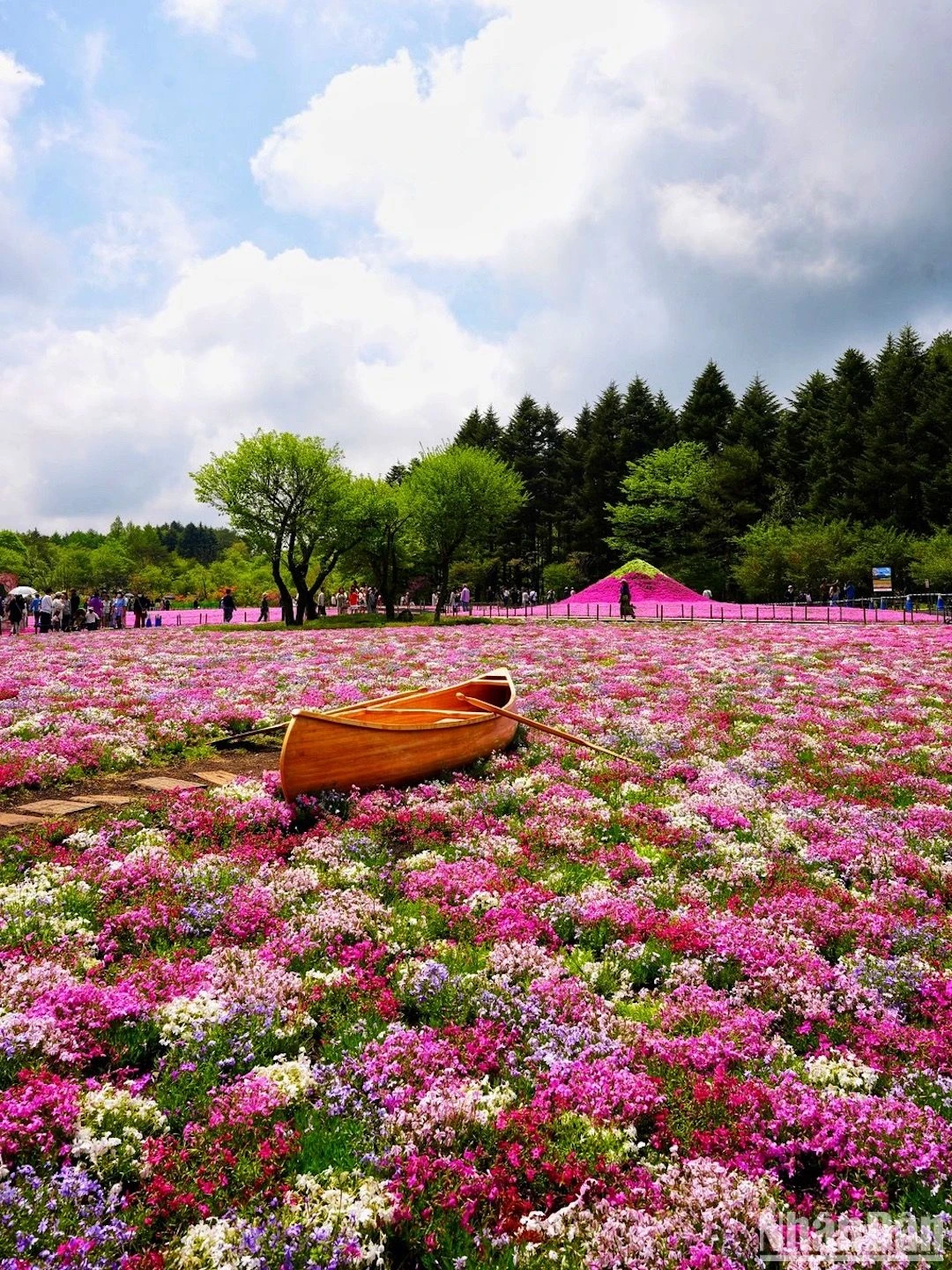 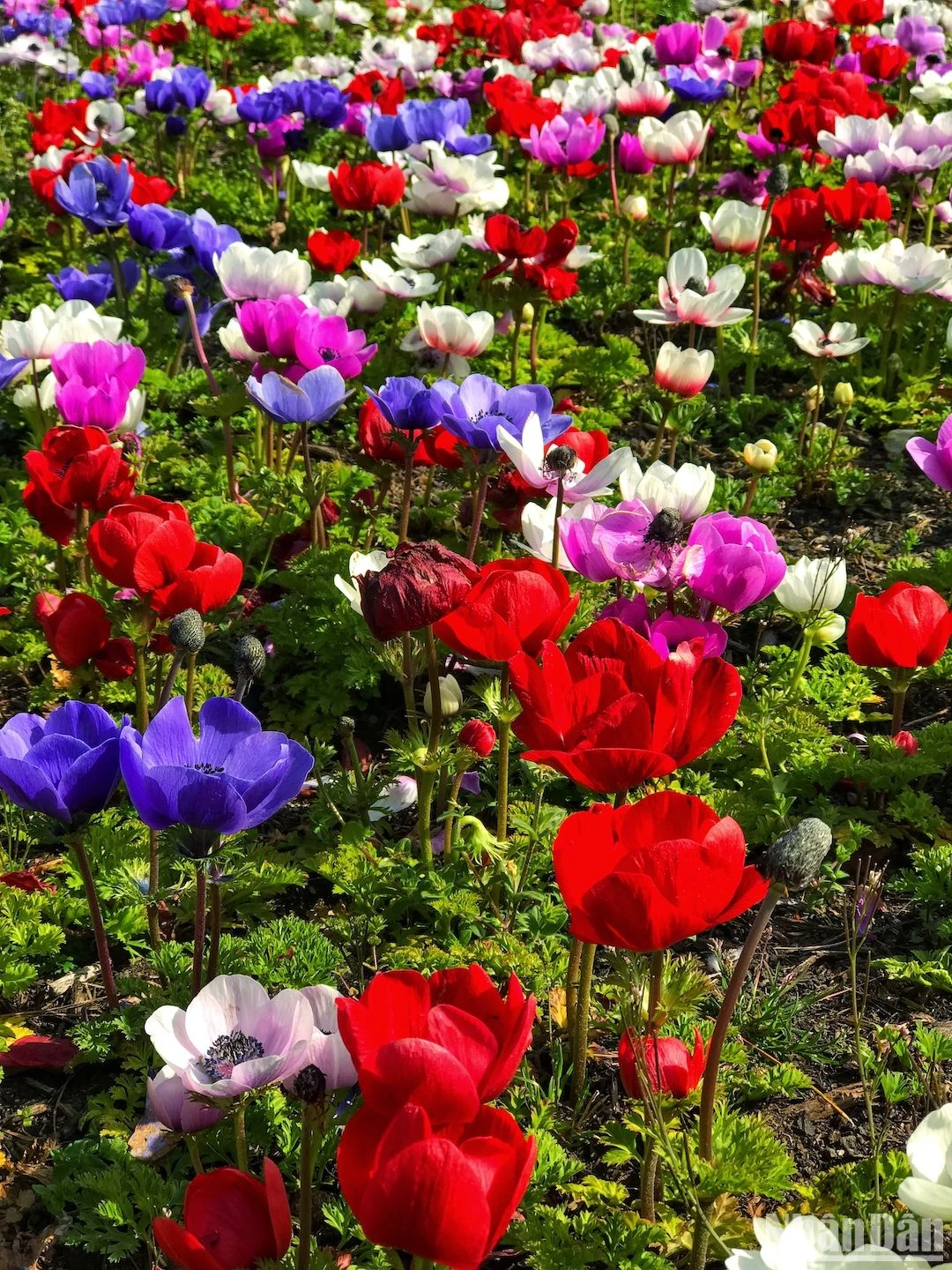 |
Besides the festival's theme flower, the organizers also planted some colorful temperate flowers and created many beautiful miniature landscapes for visitors to check in. |
According to the Japan Tourism Agency, the 2025 Fuji Shibazakura Festival will take place from April 12 to May 25, offering visitors around 800,000 carefully tended shibazakura bushes and many new and exciting experiences. Flyers will be distributed in multiple locations in multiple languages, and weather and train route information will be updated on online platforms. Shopping will also be made easier with cashless payments, so visitors don't have to worry about exchanging money.
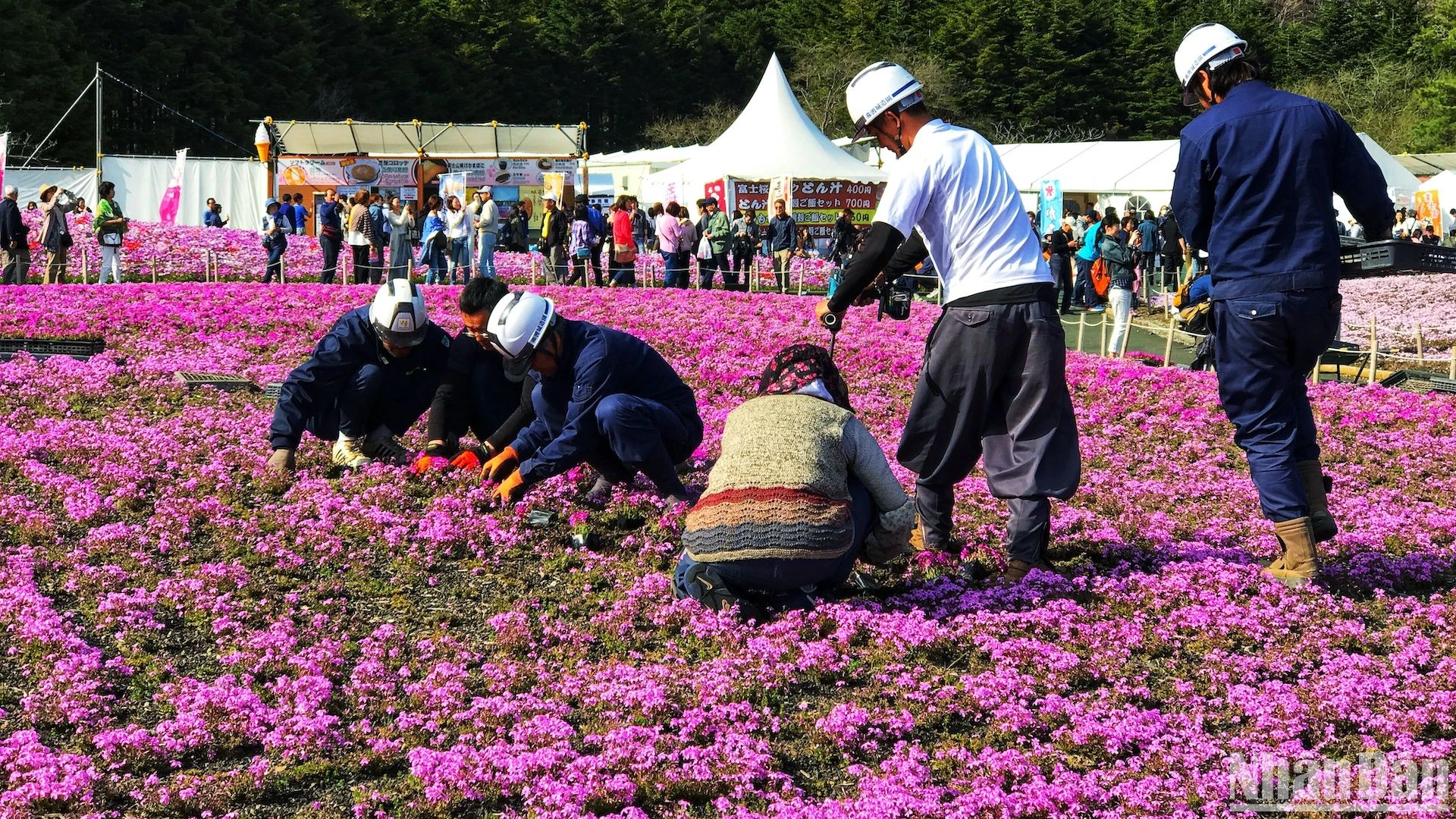 |
During the festival, the workers in charge will continuously check and take care to keep the flower carpet clean and lush. |
In my experience, visiting early in the morning will avoid traffic and provide better views, while late afternoon often offers wonderful light for photography and a chance to watch a stunning sunset. Before or after enjoying the flower festival, visitors can also explore other famous destinations nearby such as Lake Shojiko, Lake Seiko, Lake Kawaguchiko, sacred temples or the rich local market.
If you come to Japan in spring, the Fuji Shibazakura Festival is a cultural event worth experiencing, where people relax, connect with nature and make beautiful memories.
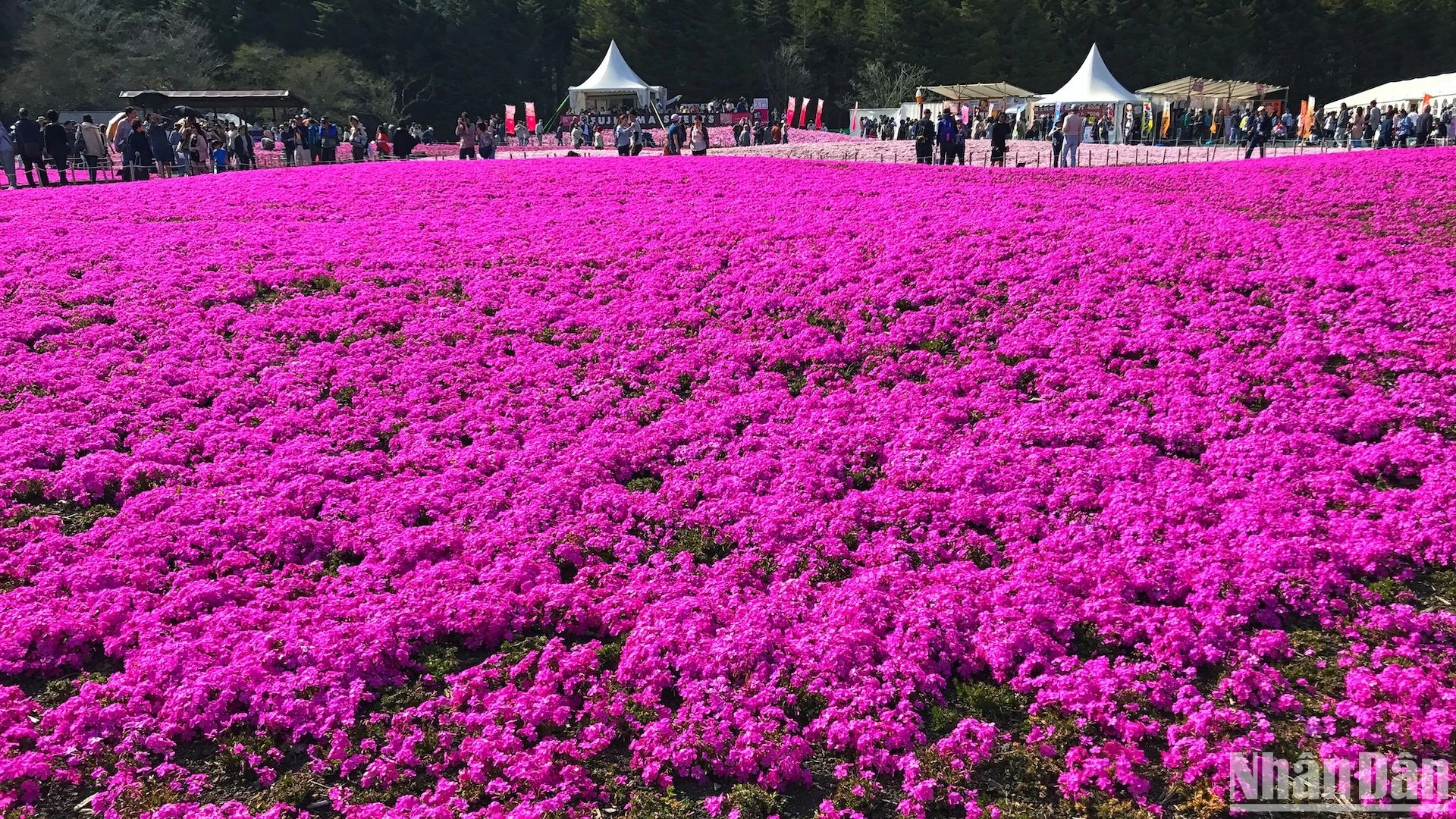 |
| Traveling according to the flower seasons is a popular trend around the world and Japan is one of the countries that takes full advantage of this. |
Source: https://nhandan.vn/chiem-nguong-tham-hoa-ruc-ro-duoi-chan-nui-phu-si-post878186.html


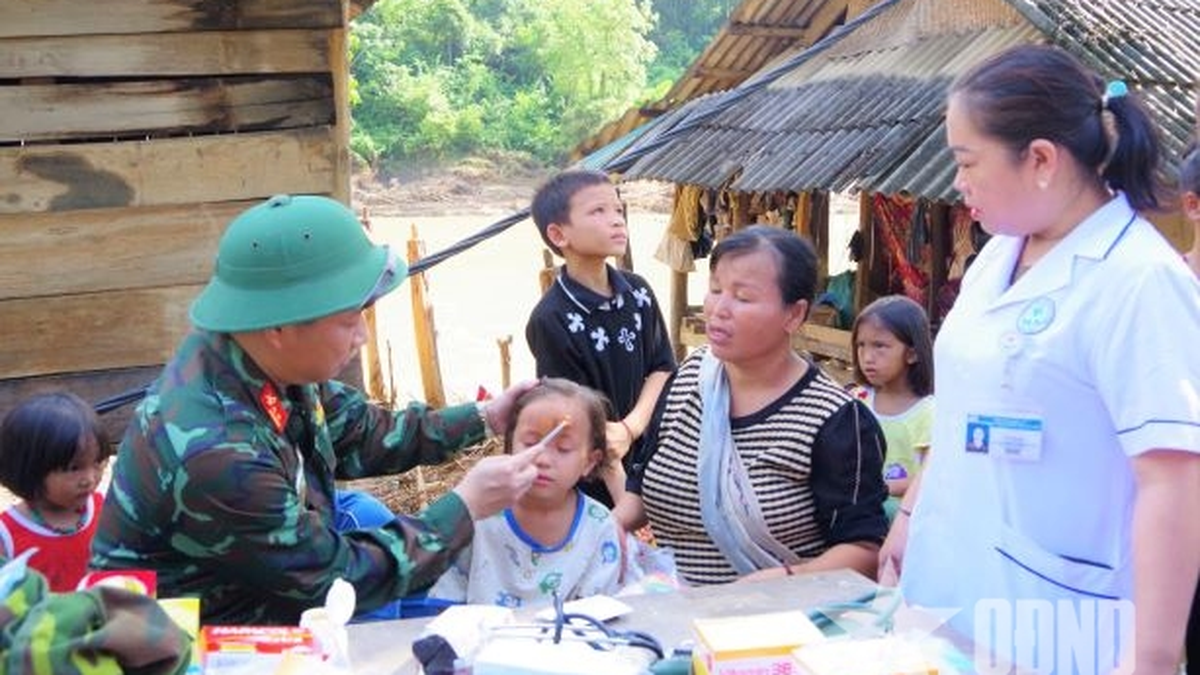

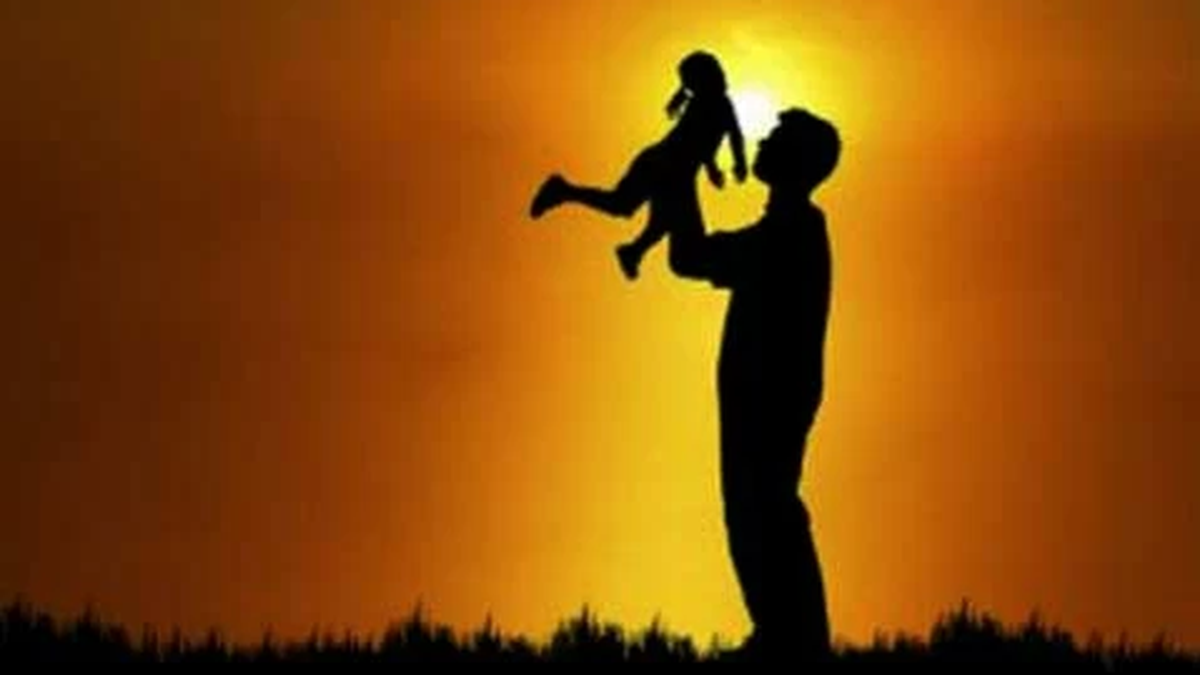
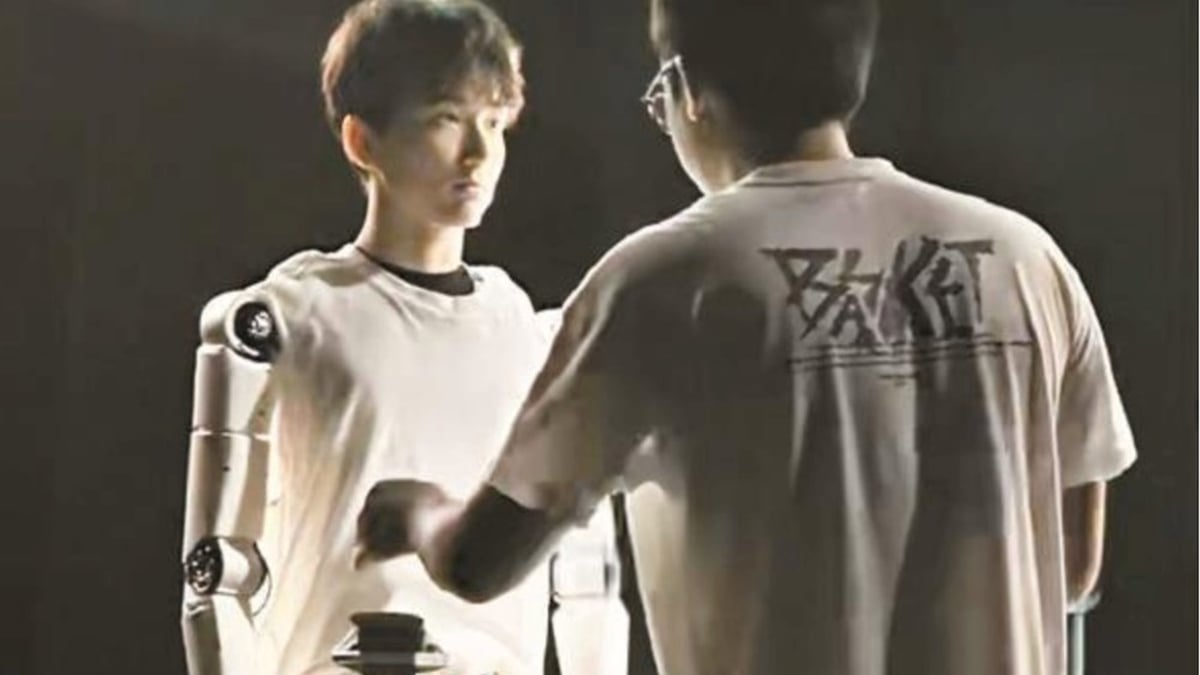
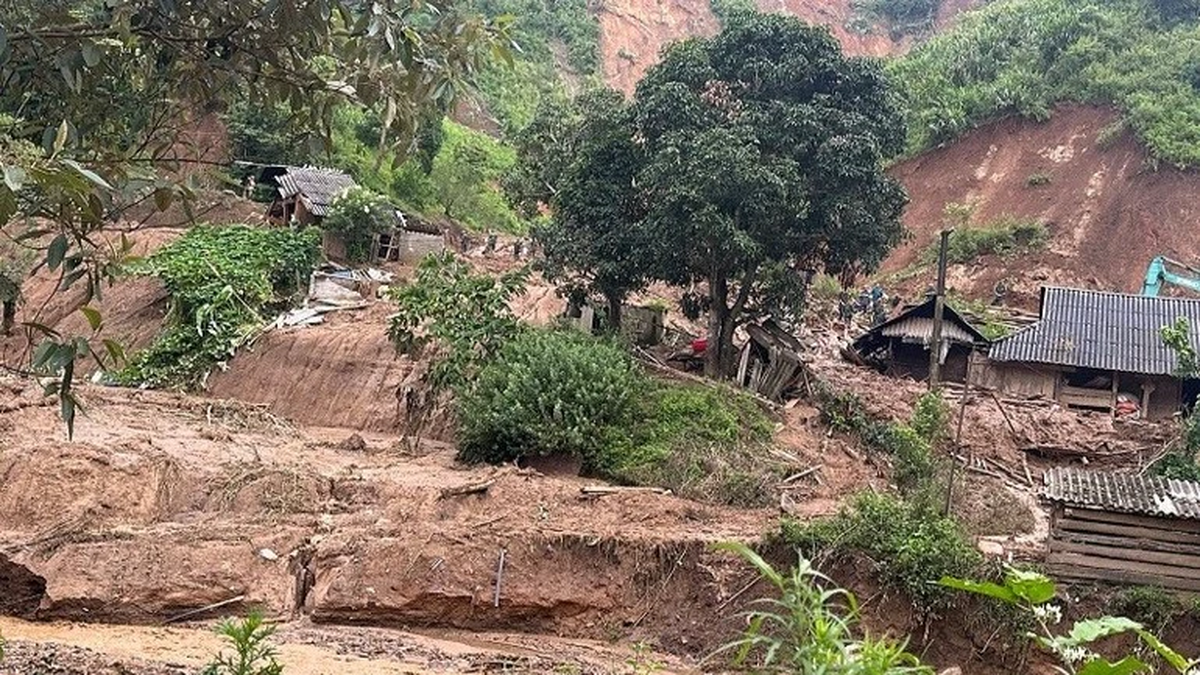
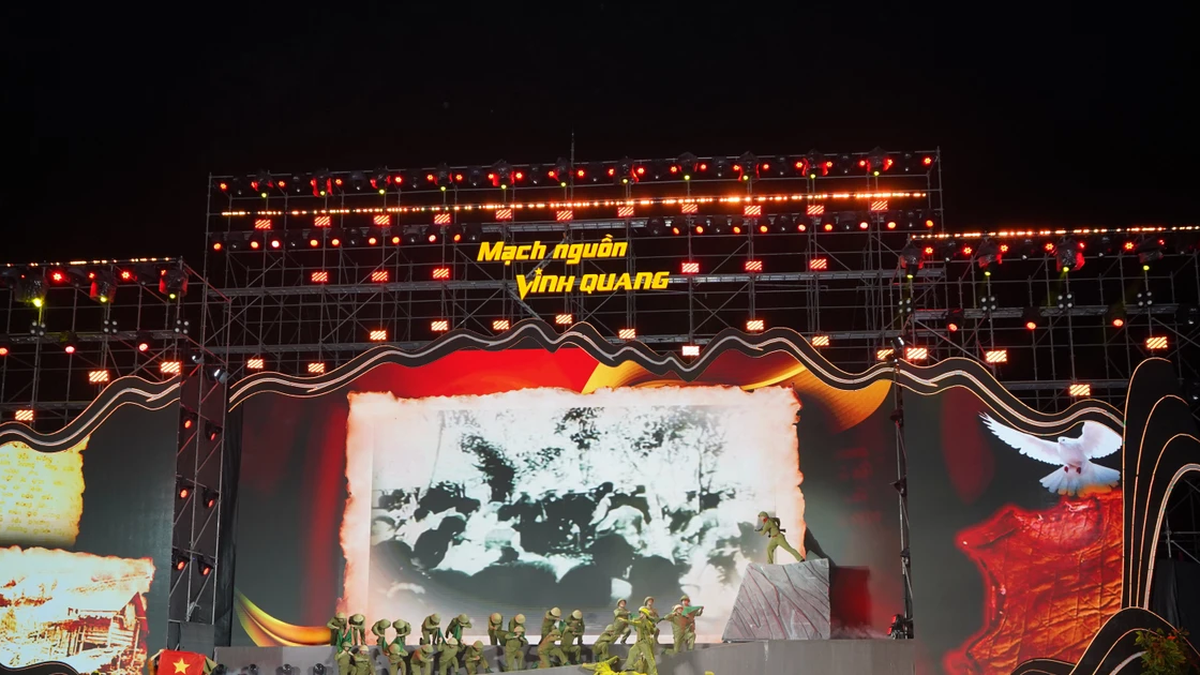
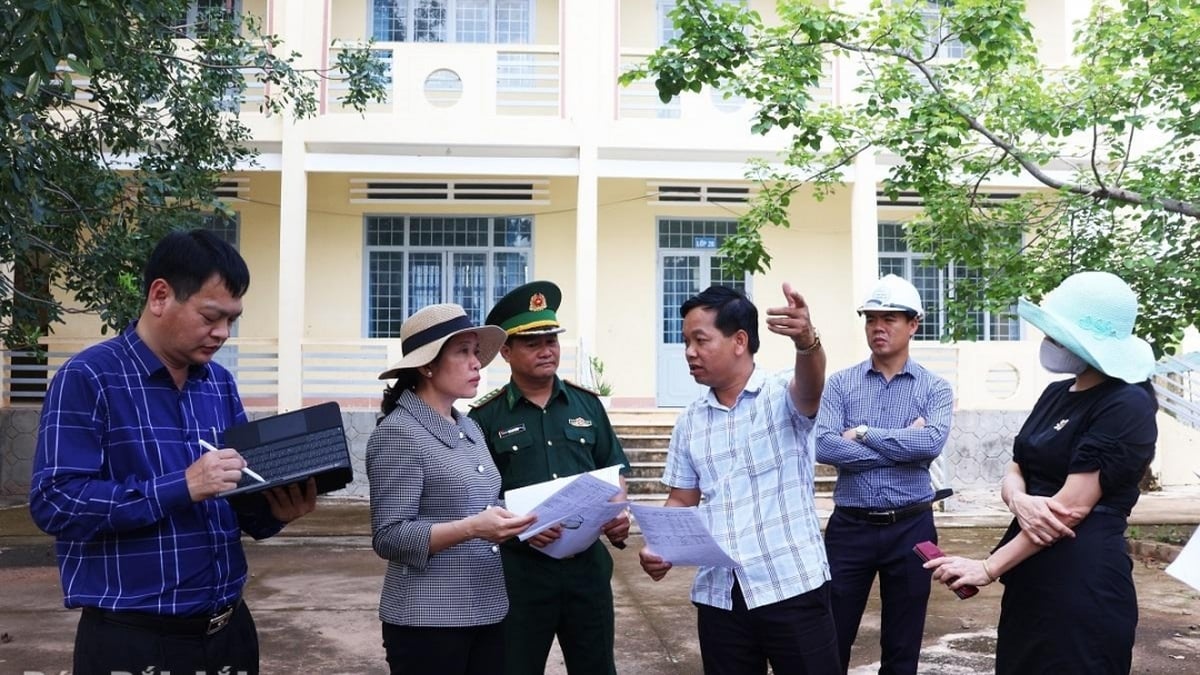

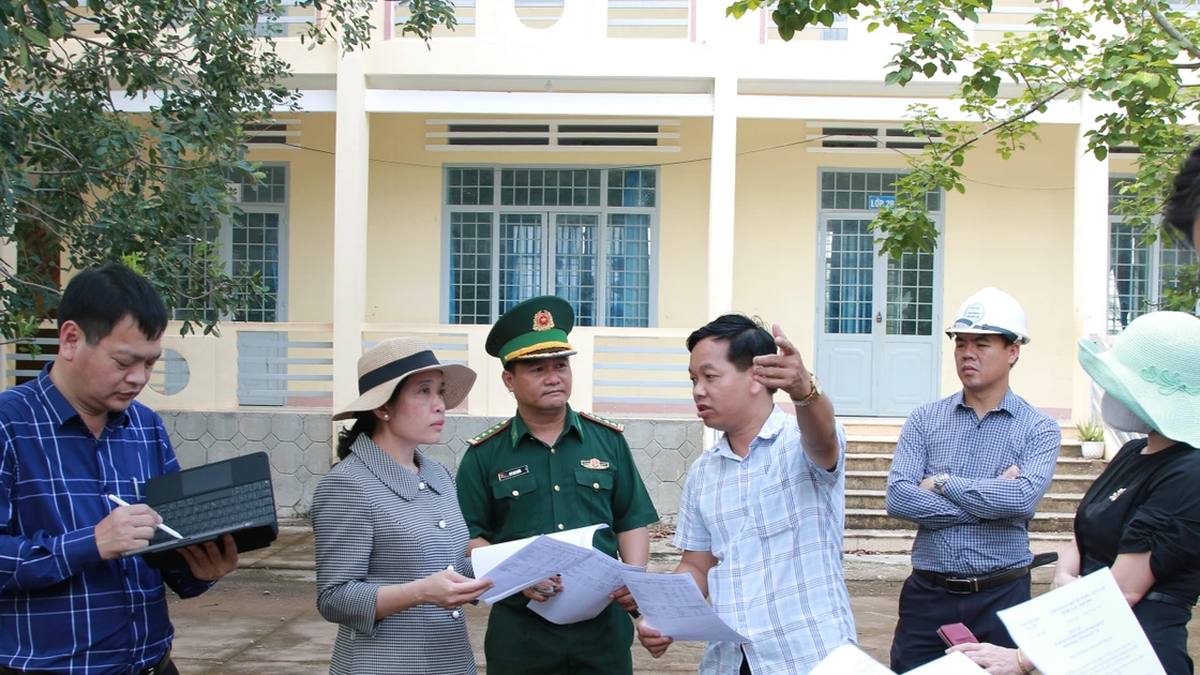



















































































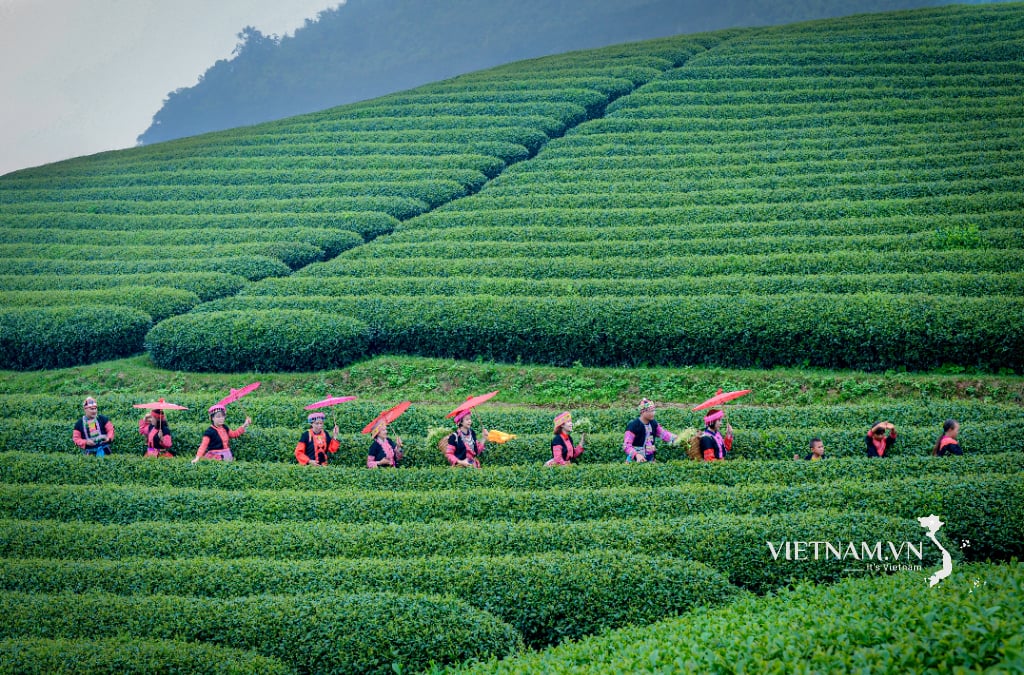
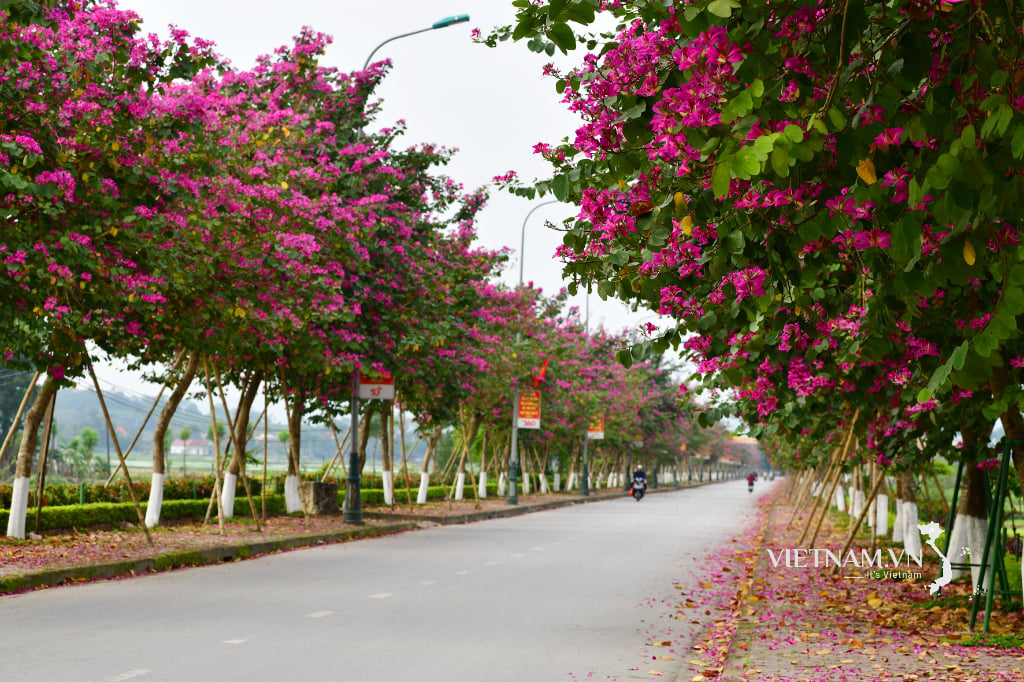
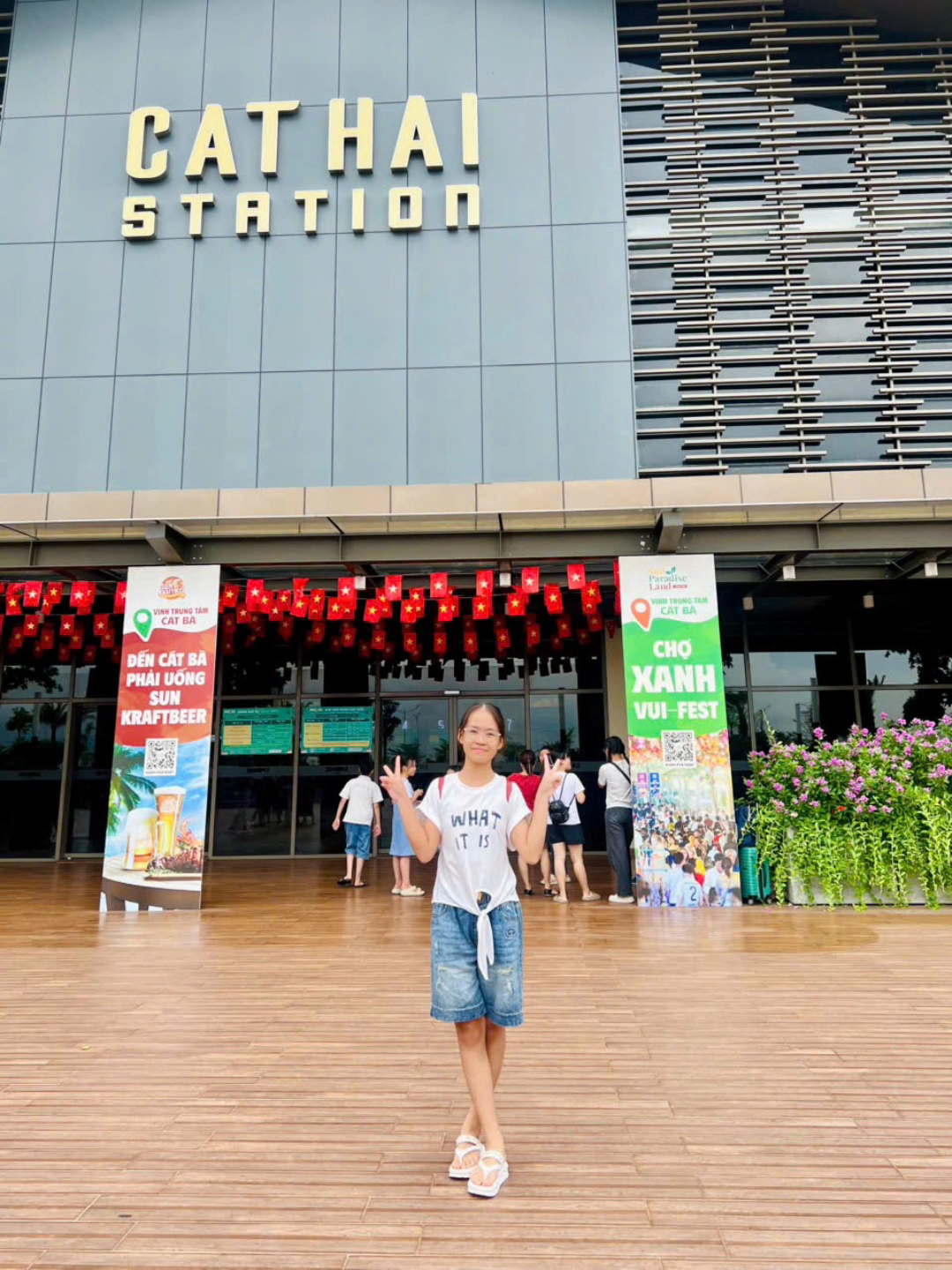
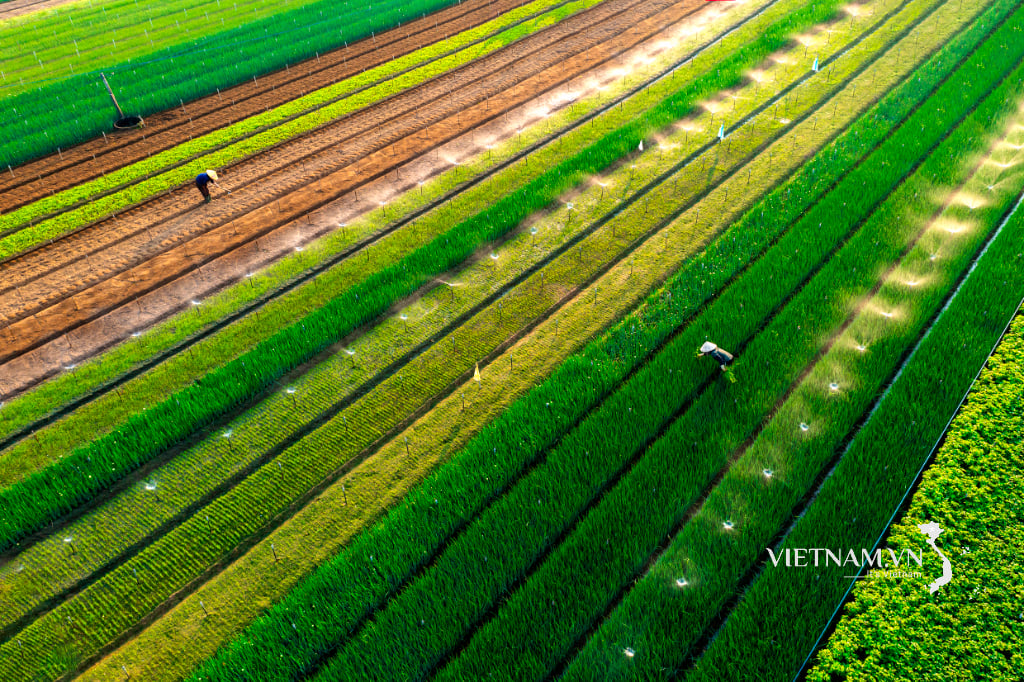
Comment (0)